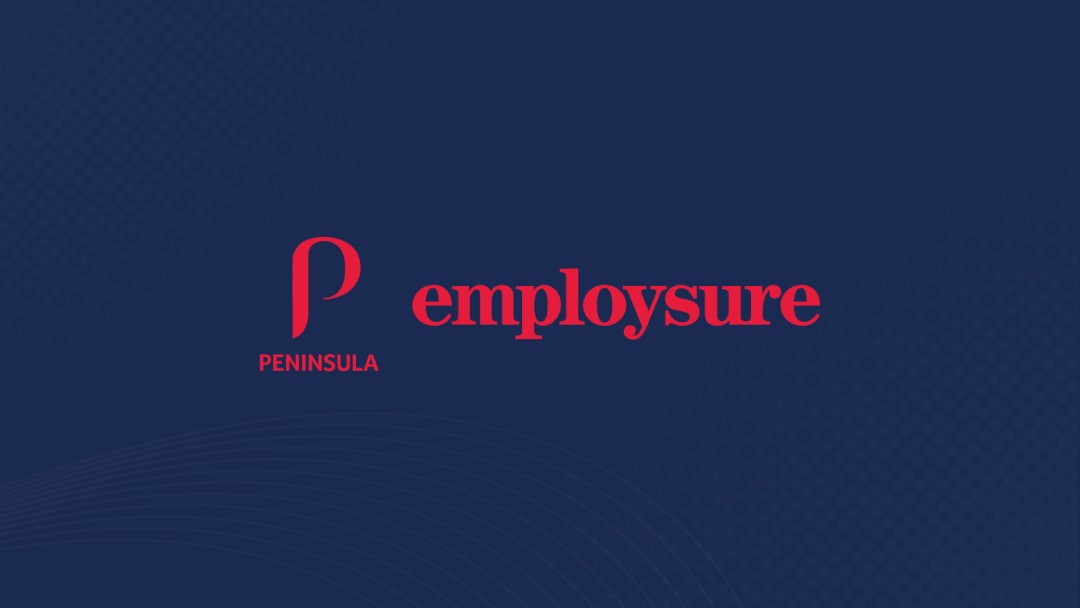
Anxiety is a normal human feeling, often called our built-in warning system. It’s when anxiety happens more frequently, and it doesn’t go away that it may be classified as a disorder. Anxiety at work or workplace anxiety can significantly affect the quality of your life. 3 out of 4 people with stress or anxiety say that it interferes with their daily lives. It can impact your performance at work, productivity, quality of work, professional relationships, and career development. Anxiety disorders involve feelings of tension, distress, or nervousness. A person may avoid situations they believe cause these feelings, thus limiting their interactions with their circle and affecting the way they live. It can generally feel overwhelming and lead to an anxiety or panic attack.
Anxiety is the most common mental health condition affecting nearly 16.8% of Australians according to a National Study of Mental Health and Wellbeing. Anxiety is a broad term and there are different types of anxiety. Below we look at what is considered workplace anxiety.
What is workplace anxiety?
If your anxiety stems from work or is centred around work, you might have workplace anxiety. According to Alexandra Finkel, licensed clinical social therapist, workplace anxiety usually develops in response to stress at work. There are differences between an anxiety disorder and workplace anxiety. The most obvious difference is workplace anxiety is limited to work. If you have an anxiety disorder, the symptoms would be consistent and negatively affect several aspects of your life. All mental illness, not just anxiety, costs the economy between $200 billion and $220 billion a year according to The Productivity Commission. Further research has shown that workplaces cause $15.8 and $17.4 billion dollars of that cost.
Signs and symptoms of workplace anxiety
Unproductive- Employees dealing with anxiety at work often become unproductive. They are unable to produce the quality of work that they normally do.
Lack of concentration- Performance anxiety at work also manifests in a lack of concentration. Employees struggle to focus and concentrate on their tasks and duties.
Forgetfulness- Employees with workplace anxiety tend to be forgetful and have trouble remembering information.
Increase in sick days- People with anxiety feel they are not capable of working as their anxiety can show up in physical symptoms, making them sick.
Failure to meet deadlines- Lack of concentration and forgetfulness result in a failure to meet key deadlines or dates.
Physical symptoms-Severe anxiety can cause physical symptoms such as nausea, headaches, body pain, and dizziness.

Causes
Several factors can cause workplace anxiety, varying from person to person. Being an anxious person or having a pre-existing anxiety condition can make employees more likely to experience workplace anxiety.
Lack of job security– Employees who work casual contracts or hours don’t know how much they are going to make. They also are not afforded considerations such as paid annual leave or sick leave. Café workers, retail staff, cleaners, and hospitality staff are just some of the workers facing a lack of job security. This insecurity can lead to anxiety at work.
Conflicts with other co-workers- Arguments or conflicts with other co-workers can make you feel anxious or stressed.
Unpredictable work- Unpredictable work patterns or roles can increase employee anxiety.
Competitive and fast-paced environments- Challenging work environments or fast-paced workplaces can often cause anxiety at work.
Work performance- The pressure to maintain your work performance can also lead to anxiety.
Problems outside of work- External factors outside work can also contribute to anxiety.
How to manage and treat employee anxiety?
There is no singular way to manage and treat employee anxiety. It is best to direct them to qualified medical professional when possible. However, you can take some steps to manage it at the workplace:
Get trained up- Understanding anxiety and mental health can go in a long way. You can get trained in mental health first aid or provide training and workshops for managers and other senior employees. With the right training, you can learn how to spot the signs that an employee could be suffering from anxiety. This training should specifically be provided by qualified medical professionals and help break down barriers and the stigma surrounding mental health.
Have a conversation- Sometimes it’s as simple as having a conversation. You can check-in with your employees regularly to gauge how they are feeling. Try to understand what triggers them or their anxiety and if they need any support from you. These conversations should be informal, different from check-ins regarding their performance or workload.
Be transparent– Be as transparent as you can. Let your employees know the reason behind the check-ins or the conversation. Emphasise honesty and transparency.
Create a mental health-friendly culture- Your company culture is the single most important asset you have. It will help you to tackle workplace anxiety as well. However, it takes time to build a mental health friendly culture. It’s not just sending emails or putting up posters. You must keep talking about it. You must build an atmosphere of trust. Your employees must feel comfortable enough to open up with you.
*This document contains general information and is not intended to constitute or replace medical advice. If you need medical advice, we recommend you speak to a qualified medical professional.



